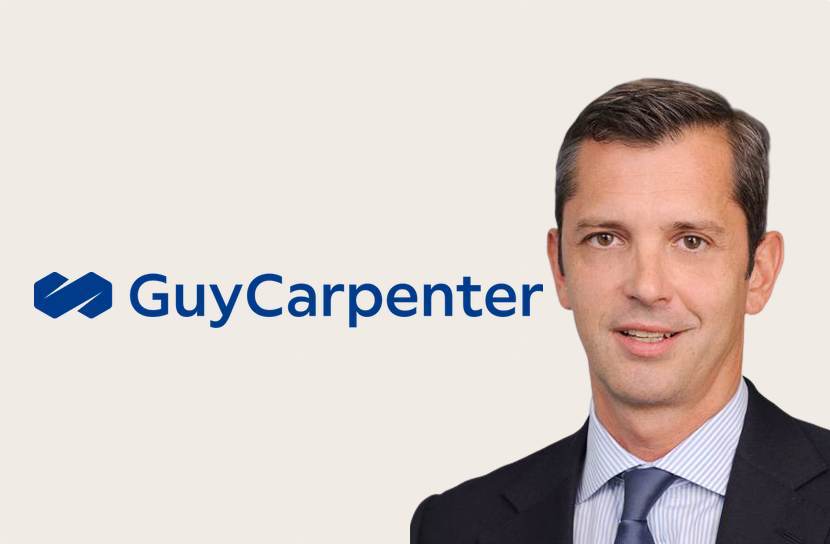
According to James Boyce, CEO of Global Specialties at Guy Carpenter, buyers of aggregate retrocession are beginning to see more favourable conditions, with capacity expanding, more reinsurers entering the market, and oversupply on the rise, all of which are trends that could translate into lower retentions and greater choice.Speaking during a recent Guy Carpenter briefing held in advance of the 2025 Monte Carlo Rendez-Vous event, Boyce discussed how property retrocession remains profitable for reinsurers, despite recent rate reductions and catastrophe losses.“For retro occurrence the loss ratio is estimated at 46% over five years and 58% over eight years.As a result, capacity has been strong with limit increasing by a billion dollars in 2025,” Boyce said.
He continued: “Aggregate excess of loss has been more constrained than occurrence in recent years, and this can be observed in the relative over supply of capacity for which a occurrence increase from 8% in 2023 to 23% in 2025, while the aggregate over supply increased from 3% to 7% over the same period.” Importantly, Boyce also highlighted how conditions are improving for buyers of aggregate retrocession, with an increase being seen in both capacity and the average number of reinsurers participating in aggregate placements.“We expect higher demand for aggregate excessive loss in 2026 as the LA wildfires in January further highlighted its value,” Boyce added.“Clients who purchased it experienced notably lower retentions for any future catastrophe loss that happens in 2025.” Boyce continued: “If there are no major losses in the remainder of the year, retained earnings will likely add to the supply of capacity in the market leading to improved buyer conditions for our clients.” During the call, David Duffy, President, Global Clients at Guy Carpenter also discussed the current and renewal outlook around property reinsurance.
Despite the challenging start to the year for property reinsurance as a result of the catastrophic wildfires in Los Angeles, Duffy explained that the property reinsurance market in 2025 has shown resilience in the face of loss, greater consistency in its approach to coverage, and consideration for client loss experience and pricing.“While catastrophe retentions in 2025 remain generally consistent with 2024 levels in currency terms, inflation and underlying property values resulted in an increase in the probability of attaching most catastrophe programs,” Duffy said.“Risk adjusted pricing has moderated during 2025 with pronounced reductions seen in more risk remote layers, where both reinsurers and insurance-linked securities (ILS) investors continue to evidence strong risk appetite.” Duffy further added: “Growth in property reinsurance capacity in 2025 was predominantly driven by retained earnings from a profitable 2024 underwriting year.
“Reinsurer capital was supplemented by a modest amount of new capital raised by new rated balance sheet reinsurers, plus continued growth in insurance linked securities mandates following the strong returns on capital associated with writing catastrophe coverage.“Overall growth in the supply of reinsurance capacity exceeded growth in client demand for catastrophe limit with consistent oversubscription of catastrophe programs in all regions in 2025,” Duffy concluded..All of our Artemis Live insurance-linked securities (ILS), catastrophe bonds and reinsurance can be accessed online.
Our can be subscribed to using the typical podcast services providers, including Apple, Google, Spotify and more.
Publisher: Artemis








